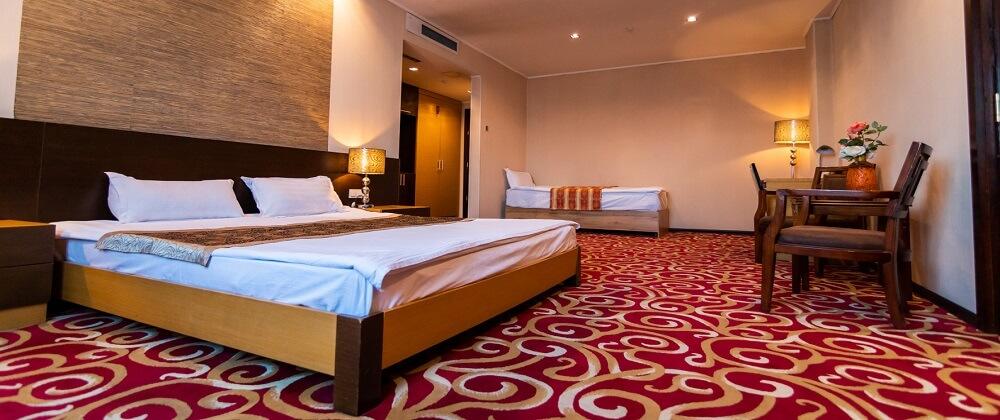
What is an SRO NYC? – Ultimate Guide
By: ROS Team
In New York City, finding affordable housing can be a challenge. A staggering 54.6% of residents are rent-burdened, meaning they spend more than 30% of their income on rent. This is where SROs, or Single Room Occupancy buildings, come in. But what exactly are SROs?
What Is an SRO and What Does SRO Stand For?
SRO means Single Room Occupancy. It is a type of low-cost rental housing for people with low income or for single adults who want a simple living space. In an SRO building, each person has a private room, but things like bathrooms and kitchens are shared between all the residents.
SRO units are the cheapest type of non-subsidized rental housing in NYC. In 2013, the typical monthly rent for an SRO unit was between $450 and $705. These units are often rented out as permanent or primary residences.
Background of Single Room Occupancy NYC
In the past, during the Great Depression, Single Room Occupancy (SRO) units emerged in New York City. They provided affordable housing for low-income single men and women. Over time, these small apartments started housing more mentally ill people because many mental health facilities closed down and released patients. As a result, people developed a negative view of SRO buildings and in the 1950s, the construction of new SRO buildings was banned.

Another reason for the decrease in SRO apartments was landlords converting them into regular apartments to get tax benefits.
In the 1980s, the government realized SROs were important for providing low-cost housing. So they started programs to protect these units. The programs banned demolishing or converting SRO buildings. However, landlords challenged these efforts in court and won in the late 1980s. This allowed them to get rid of SRO apartments again.
Do You Know: “There are about 100,000 illegal SRO units in New York City, many of which are “unsafe, with too many people” for the space and a lack of proper fire exits and ventilation.”
Current Status of Single Room Occupancy In NYC
New York City experienced a housing crisis in the 2000s. Home prices soared, leading landlords to remove long-term Single Room Occupancy (SRO) tenants. They wanted to convert SRO units for more profitable short-term rentals like Airbnb. Housing activists worried this trend would drastically reduce affordable SRO options.
In late 2023, Governor Kathy Hochul raised her voice in favor of SRO units. She announced millions in funding to restore SRO units for active housing use. This move aims to maintain and grow the city’s SRO housing stock and addresses the ongoing need for affordable homes in NYC.
Uses of SRO
SROs serve as a viable housing option for various groups, including students, single adults, low-income individuals, and divorced men or women. They offer an affordable housing solution, especially in gentrifying neighborhoods with rising housing costs.
For poor SRO tenants, rent is often subsidized by federal or state programs, making these units accessible to those with limited financial resources. Additionally, some SRO buildings benefit from tax abatements on the condition that the units are allocated to mentally ill individuals and low-income residents.
SROs are particularly ideal for people with chronic mental illnesses, as these units provide the necessary freedom and privacy while still being affordable and manageable.
What Are the Eligibility Requirements for SRO Housing?
Eligibility requirements for SRO housing typically include being a single adult or an individual with low income, often falling below a specified threshold determined by federal or state guidelines. Some SRO units may have additional criteria, such as prioritizing individuals with chronic mental illnesses or those who qualify for housing subsidies.
Is Investing in SRO a Good Idea?
Investing in SROs can be a good idea for several reasons. They cater to a consistent demand for affordable housing among single adults, and low-income individuals. The financial risk can be mitigated with the support of federal and state programs, including subsidies and tax incentives.
Additionally, as urban areas face housing shortages and rising rents, SROs offer a resilient market opportunity.
However, potential investors should consider the regulatory environment, maintenance costs, and the social responsibility of providing quality living conditions to vulnerable populations.








